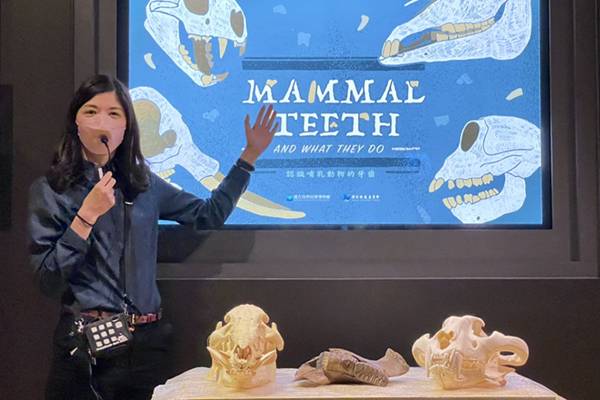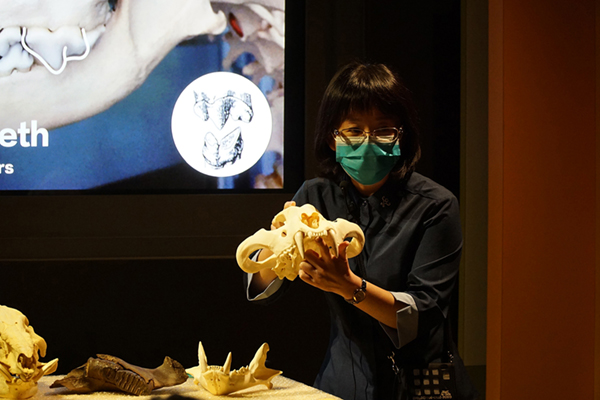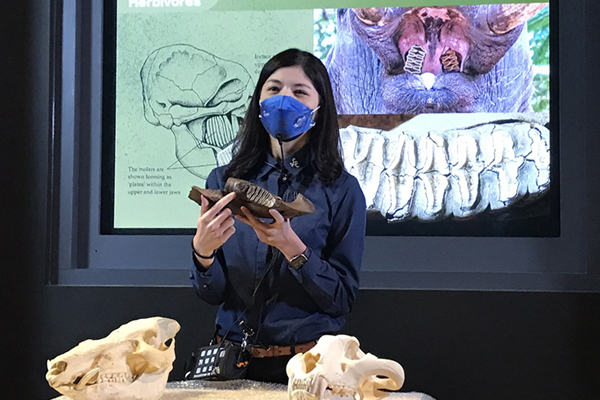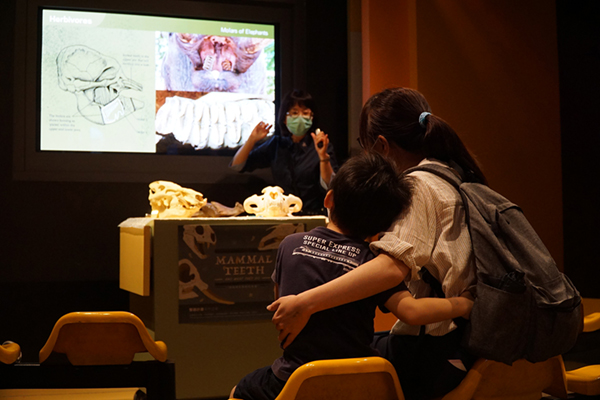
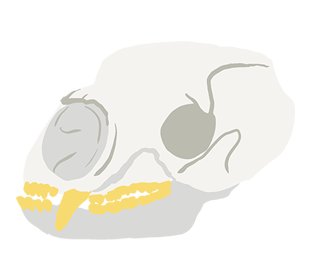
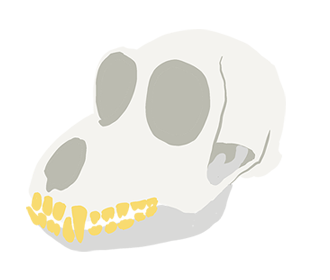
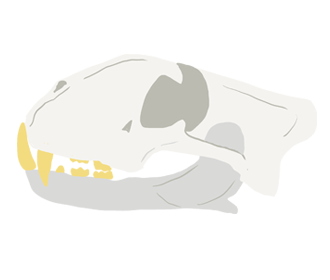
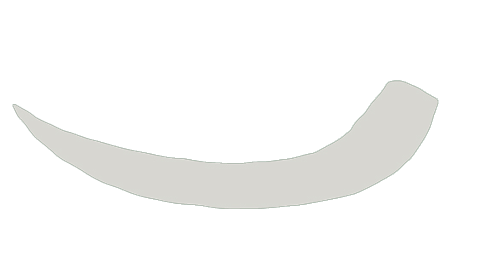
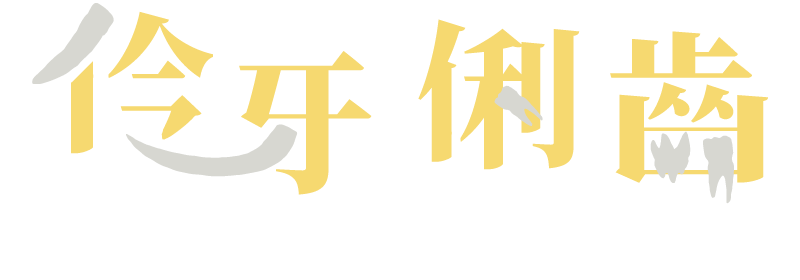
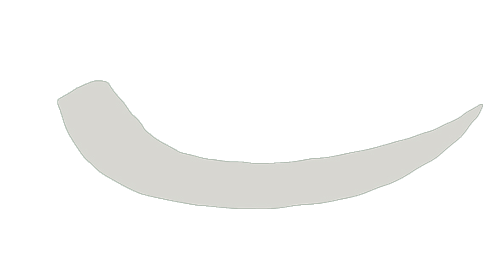
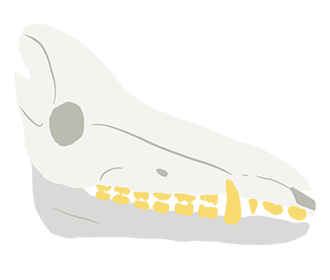
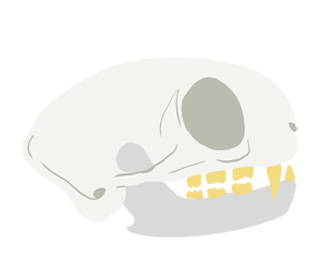
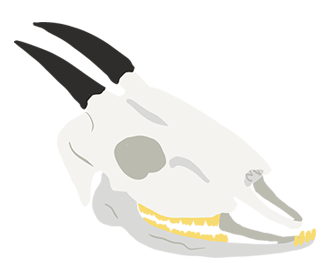
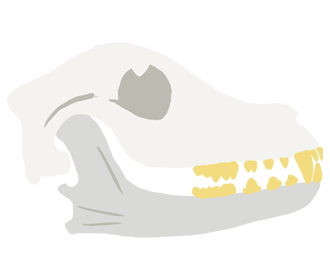
Mammal Teeth
and What They Do
In addition to being used to cut up and grind food to improve its decomposition and absorption, teeth are important clues in biological research.
Mammals can be divided into carnivores, herbivores, and omnivores, each with specialized structures. Images and specimens are used in this program to show mammalian teeth and functions.

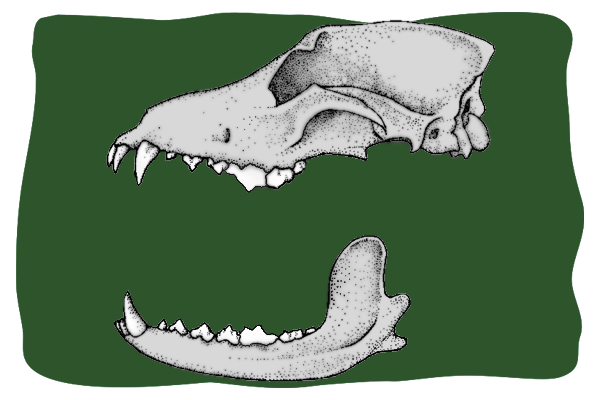

Types and Functions of Teeth
Teeth can be divided into four types based on arrangement and function:
(1)Incisors:The surface is relatively flat and the edges are relatively sharp and chisel-shaped for biting into and cutting up food. (2)Canines:These are used to pierce flesh and kill prey. They are well developed in carnivores and completely absent in some herbivores. (3)Premolars:They are flat along the top with sharp protrusions and used to crush and grind food. (4)Molars:These are similar in structure to premolars but larger. They are used to crush and grind food, including bones.
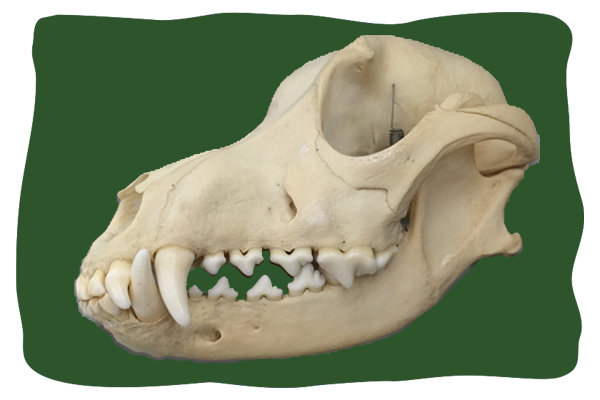
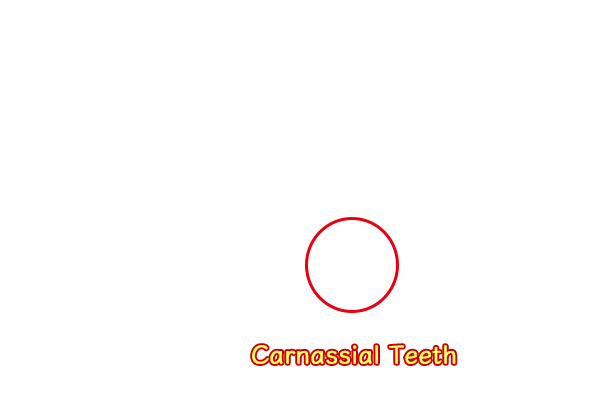
Dog
Lesson 1
Carnivorous Mammals
The teeth of carnivorous mammals are mainly used to pierce, pull, tear, and cut flesh.
The canines are well developed. The last set of premolars in the upper jaw and the first set of molars in the lower jaw are also well developed and referred to as carnassial teeth .
Representative Animals
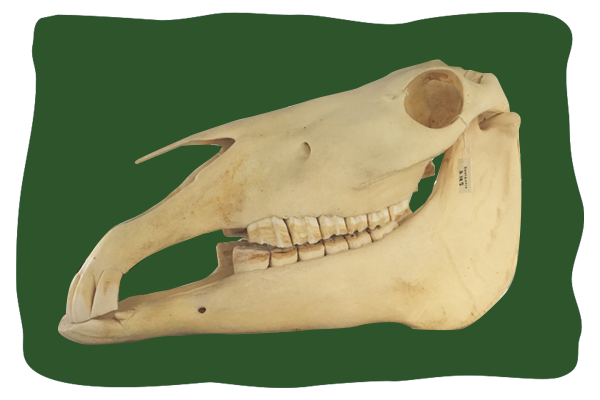
Horse
Lesson 2
Herbivorous Mammals
Herbivorous mammals eat plant materials such as grasses, twigs, leaves, fruits, and seeds.
Their molars are relatively flat and have a relatively large chewing surface for grinding food. Their upper and lower jaws move from side to side to enable their molars to grind tough foods.
Representative Animals
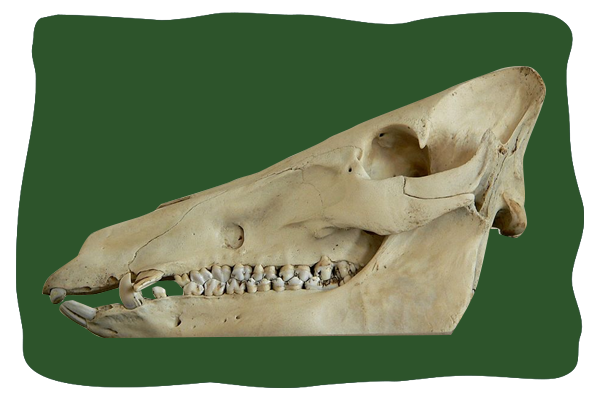
Pig
Lesson 3
Omnivorous Mammals
Omnivorous animals, such as primates and wild boars, have teeth that can process both meat and plant materials.
Their molars grind food, as well as crush it. With up and down movements of the jaws, food is mashed into a paste.
Representative Animals
Features
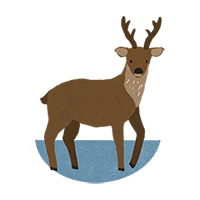


© Copyright by National Museum of Natural Science.

